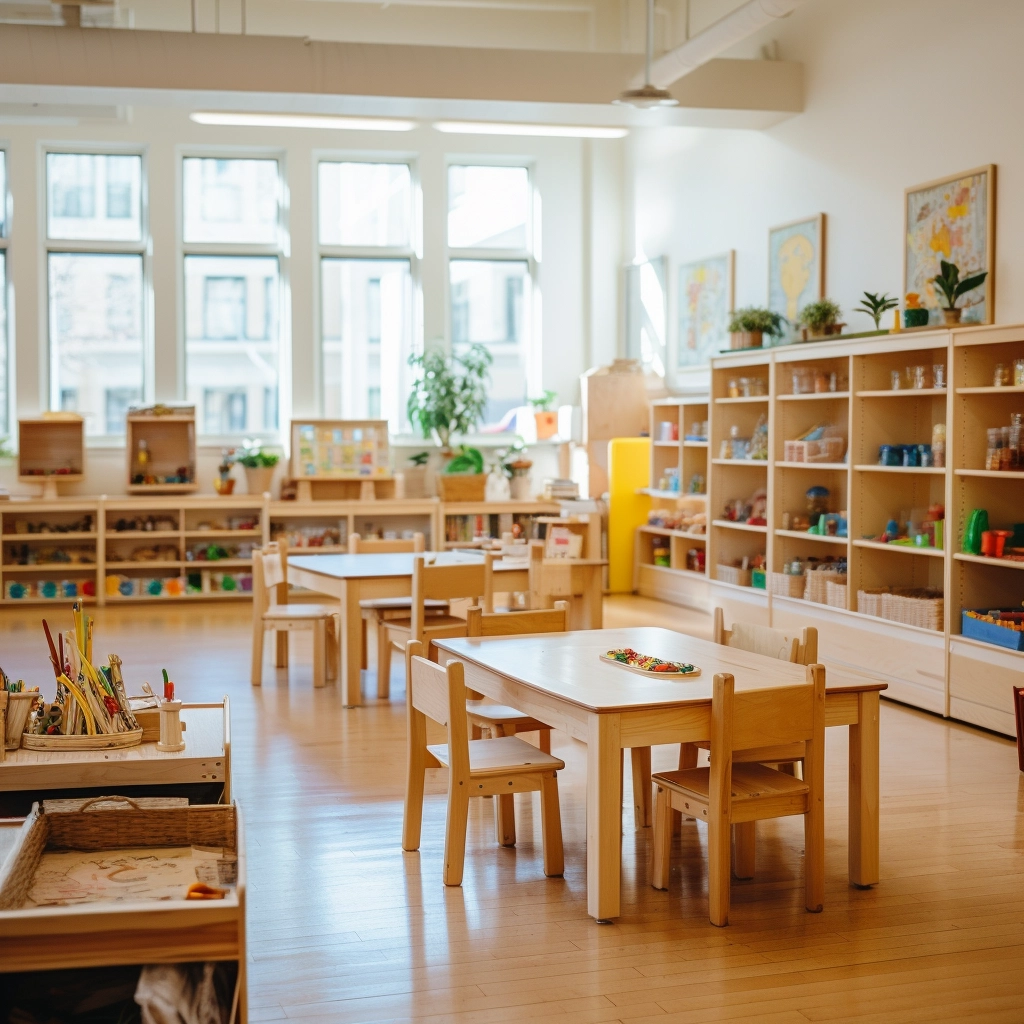Do you often find yourself searching for supplies during lessons? Are you struggling to manage 教室の散らかり? Is your current setup draining your energy instead of boosting your teaching flow? Classroom organization can often feel like a never-ending battle, especially when juggling lesson plans, student needs, and administrative tasks. A disorganized space leads to wasted time, frustrated students, and reduced teaching effectiveness.
The good news! 😉There are more innovative ways to manage your environment. With the proper classroom organization strategies, chaos can be transformed into calm. More than just creating a tidy space, effective organization establishes clear routines, improves time management, and supports student independence. A well-structured environment allows teachers and learners to stay focused, making daily operations smoother and instruction more impactful.
In this article, I’ll share my top classroom organization hacks, which will simplify your daily routine and empower your students to thrive in a structured and supportive environment. Let’s dive into the tools, layouts, and ideas that will completely change how your classroom works.
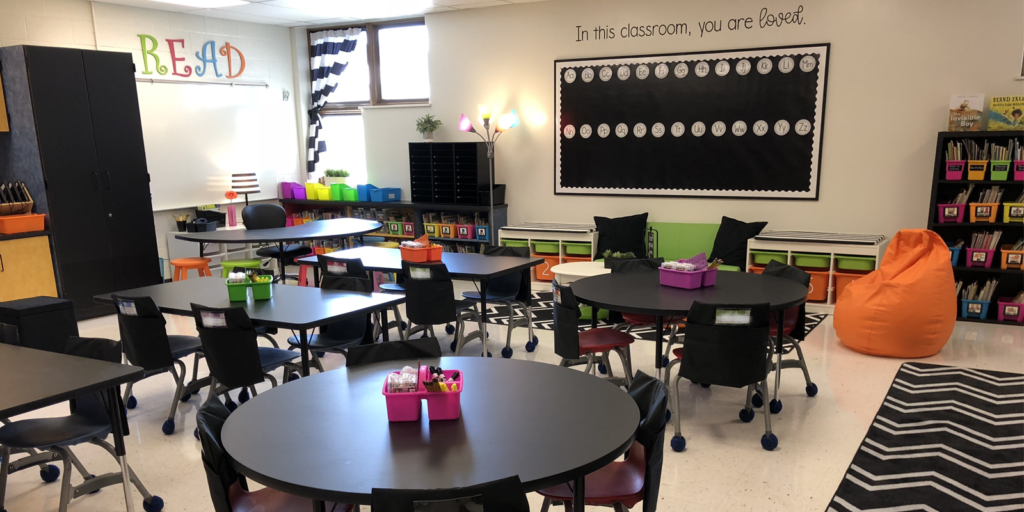
教室の構成は学習にどのような影響を与えるのでしょうか?
教育の専門家であり、13年間のベテラン教師として ブリタニー・コリンズ それはこう述べています。 「教室の整理整頓は、先生だけのものではありません。生徒たちが必要な時に必要なものを見つけられるように、生徒たちのためにもなるのです。」 That simple idea lies at the core of what makes classroom organization so important. When students know exactly where their clipboards, pencils, or headphones are, they don’t waste learning time searching. And when they know where things belong, they also learn to take responsibility for returning them. That structure supports independence, minimizes distractions, and keeps the space focused on learning.
A cluttered classroom often leads to mental clutter. Well-organized environments make students feel secure, especially in early childhood education settings. When routines are clear and materials are accessible, children can settle into learning more quickly. In contrast, a disorganized or chaotic classroom increases cognitive load, making it harder for young learners to focus, follow directions, or feel emotionally safe.
Classroom organization also affects academic performance. Structured environments promote smoother transitions between activities, reduce time lost during lessons, and support clearer classroom management. When students find what they need quickly, teachers can focus on instruction instead of constant redirection. Tools like classroom supply organizers, student mailboxes, and clear classroom library organization systems help create this flow. These aren’t just cosmetic improvements; they shape how the entire classroom functions.
Whether you teach kindergarten or daycare, having a plan for storing, accessing, and rotating materials is essential. The more structured your physical space, the more effective your instructional space becomes.
24 Classroom Organization Tips
Effective classroom organization starts with intention and a bit of creativity. The best organization systems don’t just reduce clutter; they enhance teaching and empower students to be more self-reliant. Here are some practical, easy-to-implement classroom organization ideas designed to create smoother days for teachers and students.
1. Sort Your Drawers
教室の整理整頓を成功させるには、課題を早く終わらせる生徒も含め、すべての生徒のために計画を立てることから始まります。「ファストフィニッシャー」の引き出しは、整理整頓を維持し、生産性を最大化するためのシンプルかつ効果的な方法です。 明確にラベル付けされた引き出しのシステム that students can access independently when they complete their assignments. Each drawer can contain meaningful extension activities such as puzzles, handwriting sheets, coloring pages, or themed logic tasks.

この整理方法は、教室の混乱を軽減し、早く終わる生徒の集中力を維持し、他の生徒が中断されることなく学習を継続できるようにします。また、生徒が自分のペースで学習を進めることを学ぶことで、責任感も育みます。より広範な教室整理システムに「早く終わる生徒用引き出し」を組み込むことで、時間を節約し、物理的な環境を穏やかで効率的な状態に保つことができます。
2. Use colors to distinguish folders
The heart of classroom organization lies in having a place for everything and knowing where everything is. A color-coded file folder system is a classic tool that every organized teacher should use. Assign different colors for various subjects or activities: red for math, blue for literacy, yellow for weekly handouts, and green for student records.
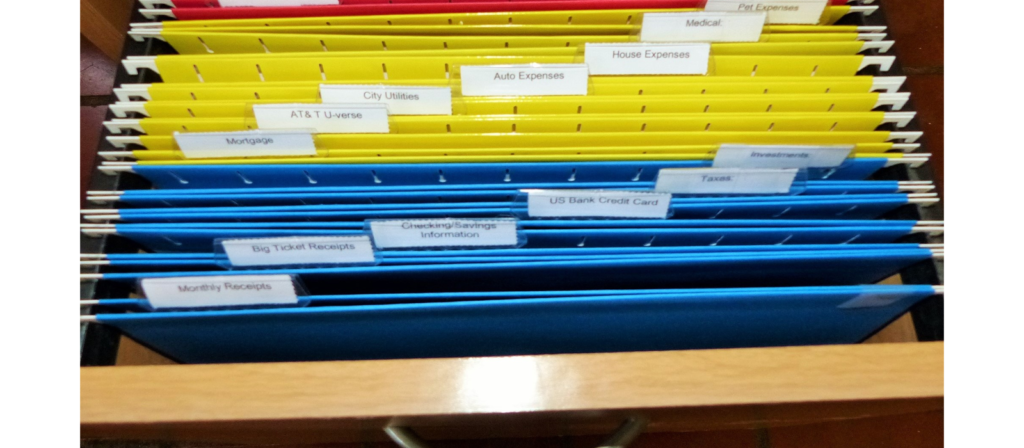
Store these folders in labeled vertical file holders or drawers near your workspace for quick access. This system supports seamless lesson transitions, reduces paper clutter, and helps you avoid the morning panic of lost handouts. A robust folder system is vital in maintaining classroom organization daily in early learning classrooms, where schedules are tight and transitions are frequent.
3. Each student is assigned a work box
One of the most effective classroom organization ideas is assigning each student a personal work bin. These bins are private storage spaces for ongoing projects, journals, art activities, and literacy materials. Label each bin clearly with student names or photos, and arrange them neatly on open shelving for easy visibility and access.
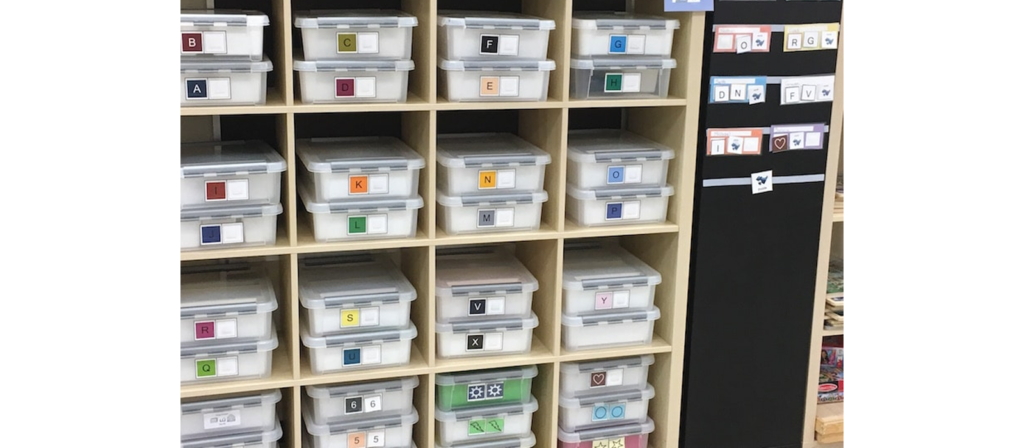
In preschool and early learning classrooms, this promotes student independence. Children learn to take responsibility for their materials, which supports their executive functioning and builds strong classroom habits. More importantly, having dedicated student bins helps maintain classroom organization by reducing loose papers and misplaced work.
4. Using a whiteboard magnetic pen
The whiteboard is a central teaching hub, especially in early learning environments. But a messy board area can derail even the most well-planned lesson. Using magnetic marker containers is a simple yet powerful classroom organization solution. Attach containers to your whiteboard to hold dry-erase markers, erasers, and magnetic letters or shapes.
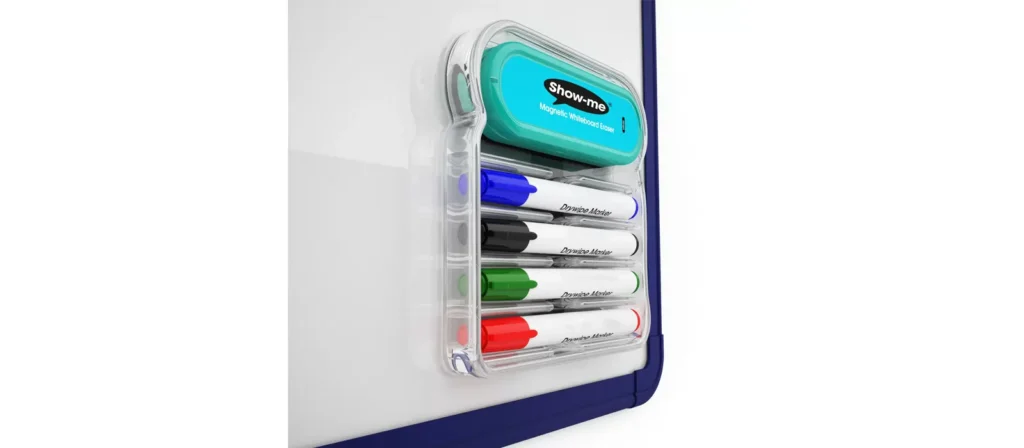
This keeps everything within arm’s reach and reduces time lost searching for supplies. It also models organized behavior for students; when they see that materials have a place and purpose, they’re more likely to follow your lead. Clean board areas support focus and indicate effective classroom organization at work.
5. Book classification box
Classroom organization isn’t limited to where supplies go; it also includes how we manage learning zones. Nowhere is this more important than the classroom library. A cluttered book area can overwhelm young readers, while an organized library invites exploration. Use labeled bins sorted by genre, theme, or reading level. For non-readers, include images or icons on each label.
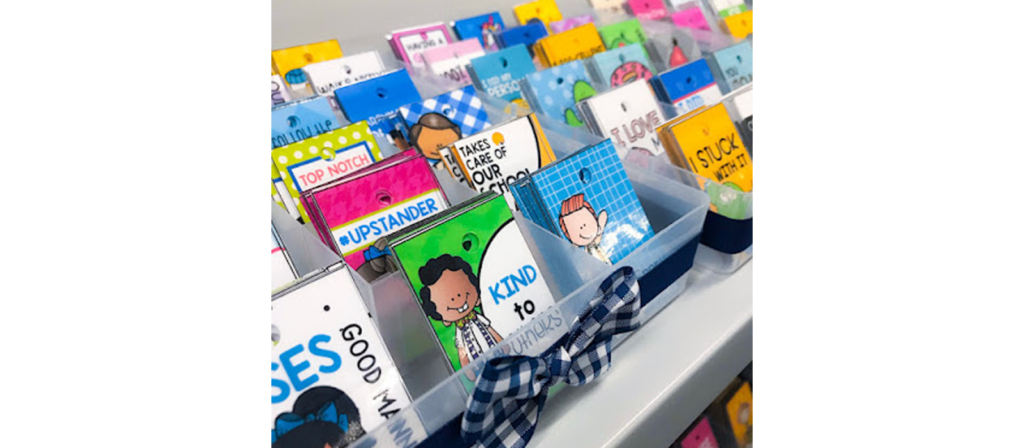
生徒が自力でアクセスできるよう、低い棚に収納棚を配置しましょう。整理整頓された図書室の構造は、教室の整理整頓に不可欠な要素である、注意深さと責任感を育みます。また、どの本が使われているか、どの本を交換する必要があるか、生徒の興味に基づいて資料をどのようにローテーションさせるかを素早く把握するのにも役立ちます。
6. Shared supplies station
特にグループで座る教室では、共有の備品は散らかりの原因になりがちです。各テーブルに卓上カディを用意し、鉛筆、スティックのり、クレヨン、ハサミなどの必需品を保管しましょう。それぞれの棚に分かりやすいラベルを貼り、1日または1週間の終わりに補充しましょう。
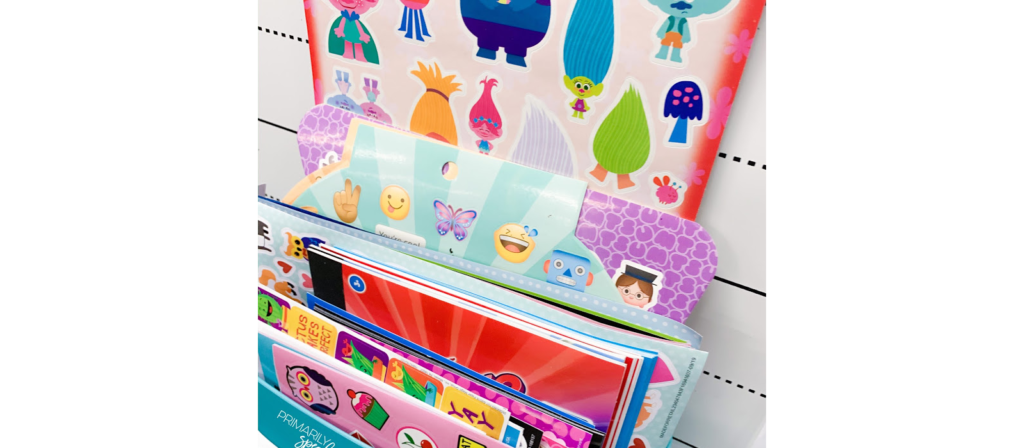
This approach reduces traffic to the supply shelf and minimizes disruption during lessons. Classroom organization improves significantly when students know exactly where materials are—and where they go afterward. This strategy is particularly effective in preschool classrooms where students learn routines and develop self-regulation skills.
7. Teacher Command Center Setup
This approach reduces traffic to the supply shelf and minimizes disruption during lessons. Classroom organization improves significantly when students know exactly where materials are and where they go afterward. This strategy is particularly effective in preschool classrooms where students learn routines and develop self-regulation skills.
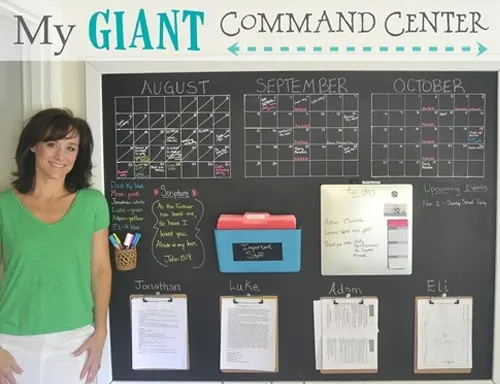
Use labeled binders, vertical file holders, and a set of drawers to keep teaching units, evaluation forms, substitute plans, and reference materials categorized and within arm’s reach. Place your station somewhere quiet yet accessible, perhaps next to your desk or near the entrance.
When your planning hub is streamlined, you spend less time hunting for materials and more time focusing on teaching. It’s not just about storage; it’s about clarity, efficiency, and reducing mental clutter.
8. Portable Planning Caddy for On-the-Go Teaching
Preschool teachers are rarely at their desks. Your materials must move with you, whether transitioning between centers, managing toileting, or leading outdoor activities. That’s where a mobile planning caddy makes all the difference.
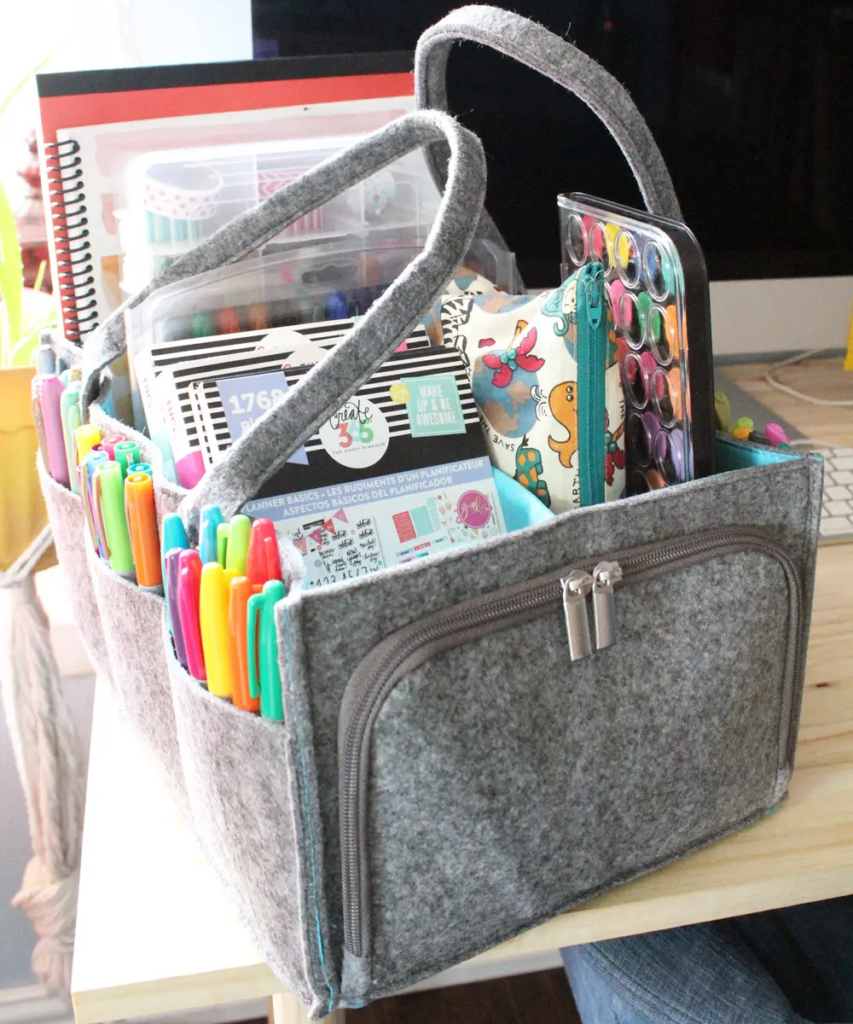
Create a portable teaching kit using a lightweight plastic crate, rolling cart, or canvas tote. Divide the contents into folders or pouches labeled for lesson plans, assessments, emergency activities, classroom management tools, and quick reference guides. Keep your go-to supplies—like pens, stickers, and behavior charts—inside.
This mobile system empowers you, your assistants, and substitute teachers, who can quickly get up to speed on the day’s flow. Best of all, it keeps your main teaching area uncluttered and flexible.
9. DIY Classroom Medical Kit for Minor Mishaps
Every preschool classroom has its share of scraped knees, tiny splinters, and unexpected sneezes. Instead of sending students to the nurse for every little incident, a well-organized DIY medical kit allows you to handle minor issues quickly and calmly without disrupting the flow of your day.
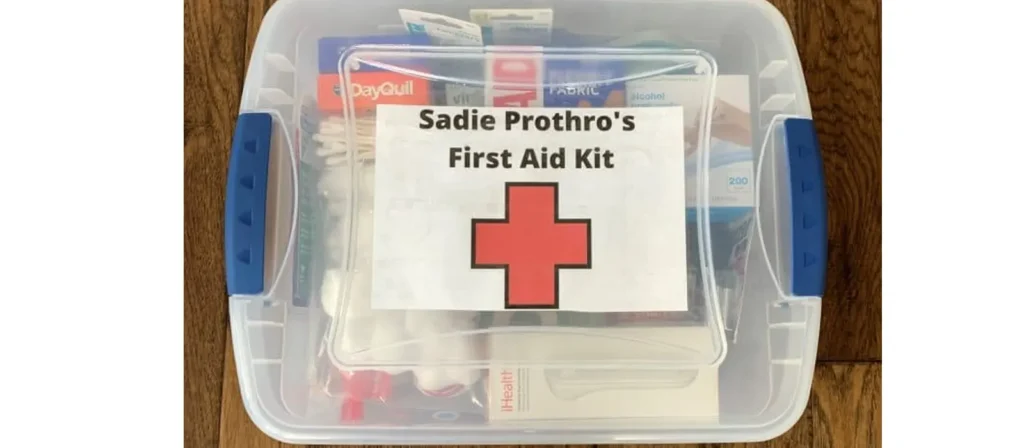
Create your classroom first-aid kit to match your room’s aesthetic. Use a small storage box, paint it, decorate it with stickers, or use printable templates to label it clearly. Inside, stock only the essentials: assorted bandages, tissues, tweezers, thermometer, hand sanitizer, distilled water, and anything else your school policy permits.
10. 幼稚園向け集中供給ステーション
部屋中に物資を広げる代わりに、 集中供給ステーション 共有資料用。保存 のり、はさみ、画用紙、マーカー 絵と文字のラベルが付いた透明な箱に入れてください。このステーションはアクセスしやすい構造でありながら、混雑を避けるように配慮してください。
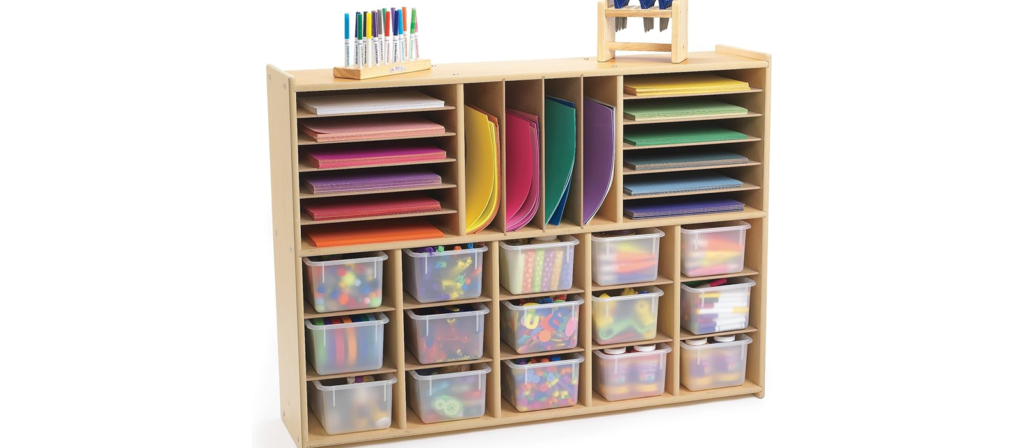
A central hub reduces redundancy, saves space, and becomes a reliable part of classroom routines. As students learn to use the supply station responsibly, you’ll notice decreased lost items and a significant boost in overall classroom organization.
11. 学生用メールボックスシステム
生徒用メールボックスシステムは、日々の授業の整理整頓を効果的に行うための最も効果的な方法の一つです。生徒一人ひとりに、メモ、作品、宿題、持ち帰り用紙などを入れるためのスロット、フォルダー、または縦型ファイルを割り当てましょう。登校時と下校時に生徒が簡単に取り出せるよう、入口の近くに設置しましょう。
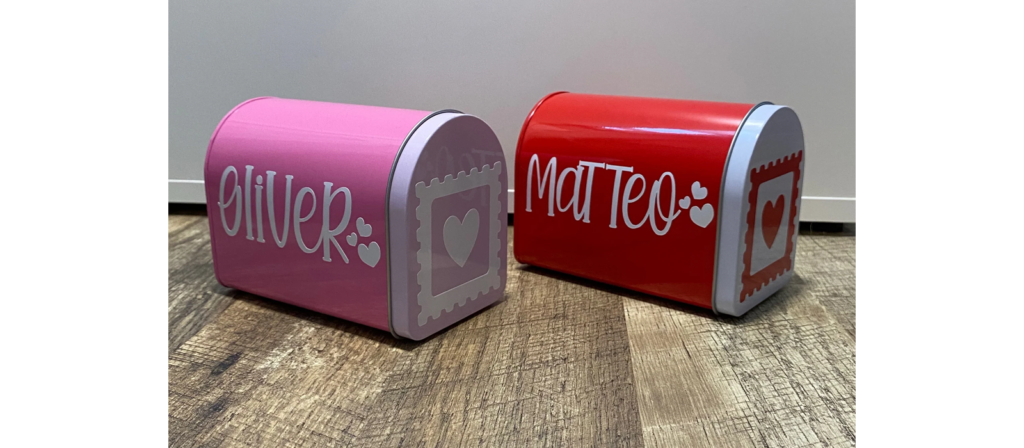
このシステムは、書類の置き忘れを減らし、日々のルーティンに秩序をもたらし、机の上に積み重なる書類の量を最小限に抑えます。また、幼稚園などでも、生徒が家庭とのコミュニケーションを主体的に行えるようになります。メールボックスシステムを継続的に使用することで、教室の整理整頓の柱となり、すべての書類に置き場所が確保され、書類が散らかって紛失することがなくなります。
12. 柔軟で回転するワードウォール
A permanent, overcrowded word wall can quickly become visual noise. A rotating word wall, on the other hand, supports both language development and effective classroom organization. Use Velcro, magnets, pocket charts, or even wall shelves for classroom use to allow weekly or unit-based word updates. Words should reflect what students are currently learning—seasonal terms, phonics patterns, or thematic vocabulary.
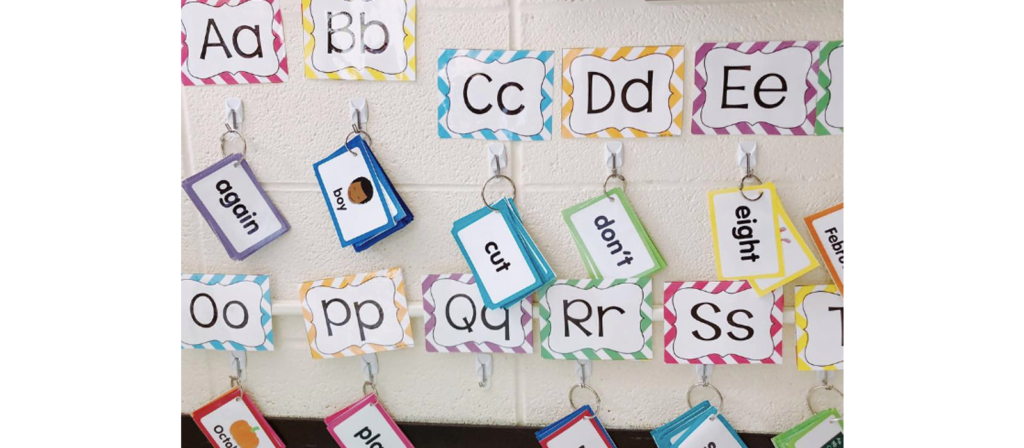
This keeps the classroom visually calm and focused while still providing essential reference tools. Organized word walls promote literacy without overwhelming students. Most importantly, they’re easily managed and fit seamlessly into a well-organized learning space.
13. 幼稚園図書館貸出システム
Set up a simple book registration form or loan bag system so children can “borrow” books to read at home, cultivating a sense of responsibility and reading habits.
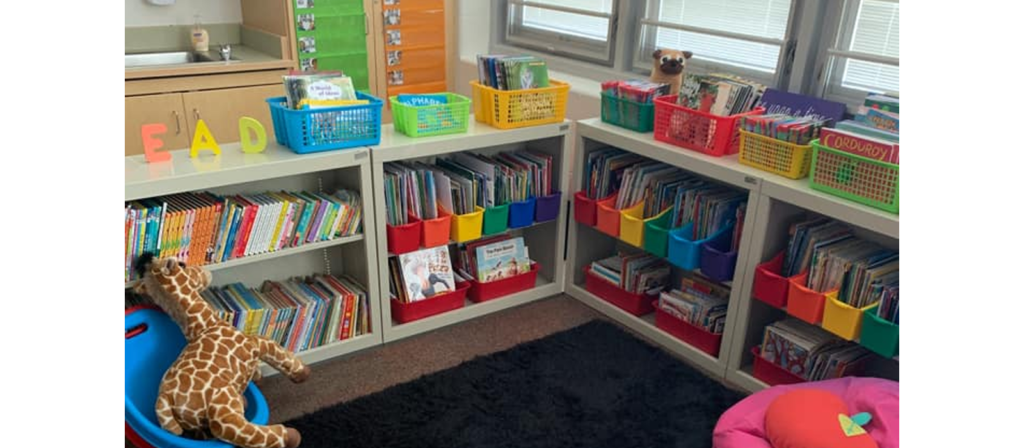
生徒に本の貸出・返却サインを教えることにより、責任感が育まれ、教室の整理整頓が促進され、どの本が人気か(または不足しているか)を把握できるようになります。整理されたシステムを維持することで、本の寿命が延び、本棚を整理整頓された魅力的な状態に保つことができます。
To support these systems, we offer a range of preschool library bookshelves designed for function and accessibility. Our models include:
- 正面向きのディスプレイ本棚 本の選択と視覚的な関与を簡単にします。
- 低いオープンシェルフデザイン 幼児や未就学児の独立した閲覧と安全なアクセスを促進します。
- Book storage units with labeled compartments are perfect for organizing books by theme, level, or genre.



All units are made from durable, child-safe materials and sized appropriately for early learners. Whether you’re organizing a small reading nook or a whole classroom library, our shelving solutions support visual order and student independence.
14. 画材の縦置き収納
幼稚園や低学年の教室の整理整頓は、画材の管理方法に大きく左右されます。画材を複数の棚に分散させるのではなく、引き出しや透明な箱を縦に積み重ねて収納しましょう。各段に絵の具、クレヨン、のり、シール、筆など、異なるカテゴリーのものを収納すれば、生徒も先生も必要なものを簡単に見つけることができます。
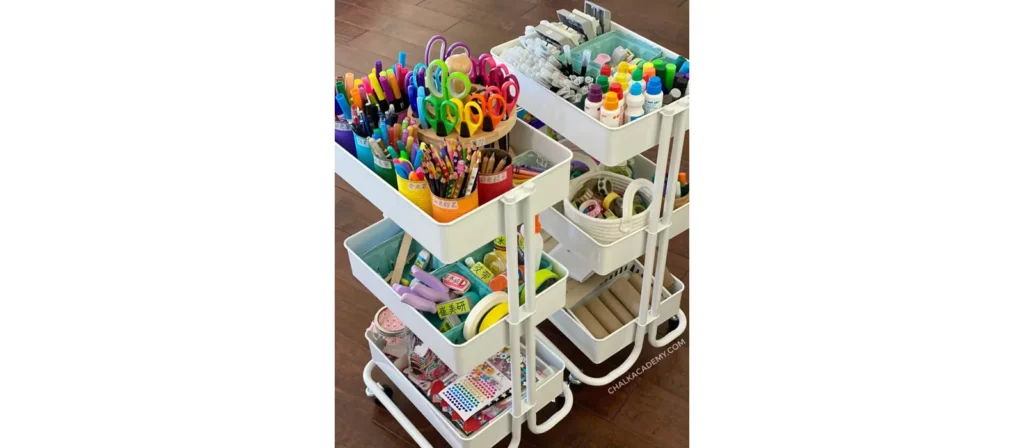
Label each drawer with words and images so students know where to return materials. Vertical storage saves table space, reinforces good organizational habits, and supports smoother transitions between activities.
15. 行動管理クリップチャート
While behavior charts must be used thoughtfully, they can support classroom organization when implemented correctly. Use a vertical clip chart or magnetic behavior board that clearly shows classroom expectations. Each child’s clip or marker can move throughout the day based on behavioral cues or participation.
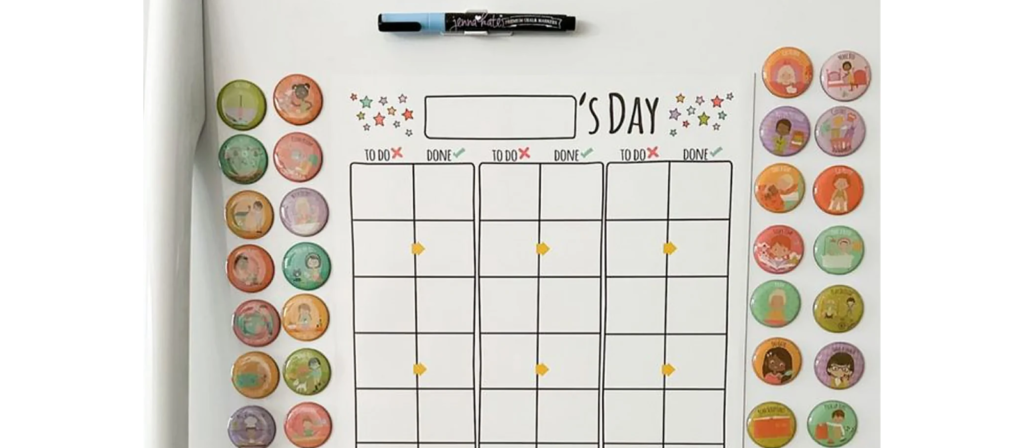
This visual reference reinforces rules and keeps everyone aligned with expectations. More importantly, it reduces verbal reminders and discipline disruptions, helping you focus on learning and maintaining order in the classroom environment.
16. 学生向け特典センターの運営
An organized reward station can enhance student motivation and classroom order. Store reward stickers, tags, treasure box items, or certificates on a small shelf, cart, or drawer. Label each container clearly and use visuals to help non-readers identify reward categories.
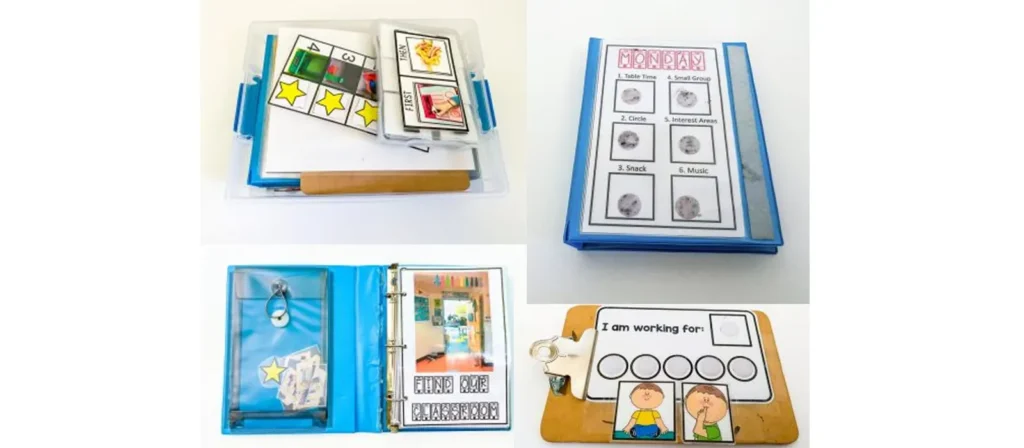
This structure allows students to understand and approach the reward system with respect. When everything is stored neatly and visibly, you reduce interruptions and save time. More importantly, you reinforce that fun and praise operate within an organized system.
17. 週次教師計画ボード
教師エリアに小さな計画用ホワイトボードを設置すると、教室の整理整頓と透明性が向上します。週の目標をまとめたり、重要なリマインダーをリストアップしたり、生徒にローテーションで課題を割り当てたりするのに活用できます。このように一目でわかる資料があれば、忘れにくくなり、ワークフローに構造が生まれます。
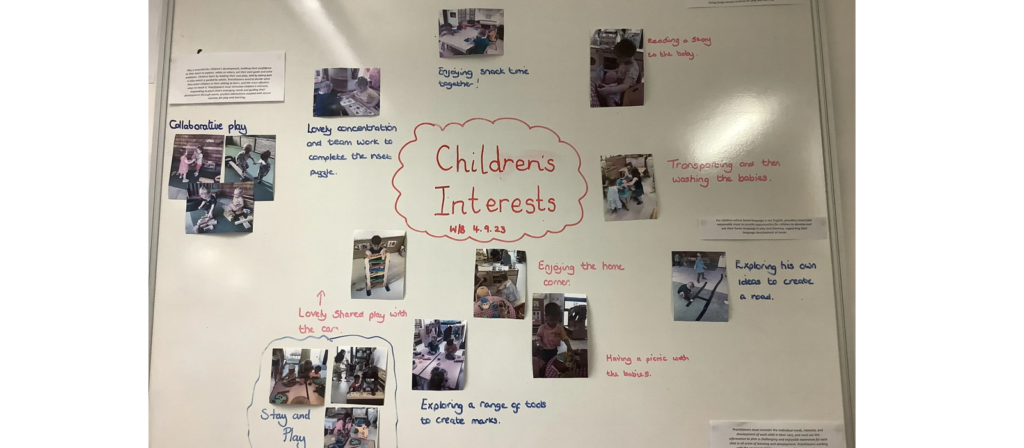
さらに、このボードを副担任やアシスタントと共有することで、全員の足並みを揃えることができます。教室の整理整頓は教師の明確な指示から始まりますが、このツールを使えば、それを可視化し、実践しやすく、柔軟に活用できます。
18. ラーニングセンターローテーションチャート
Learning centers are a staple in early childhood classrooms, but can quickly become chaotic without a clear structure. A center rotation board organizes who goes where, when, and with whom. Use icons or student names on Velcro/magnetic pieces to guide rotation times.
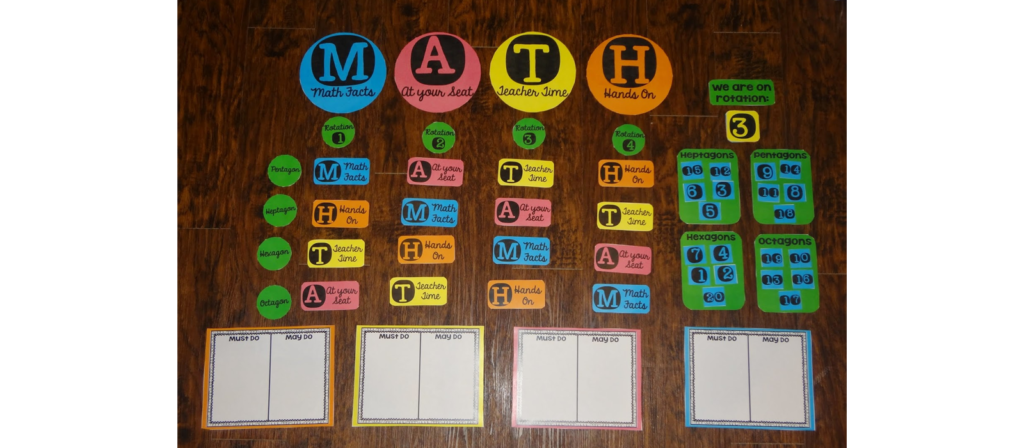
これにより、スムーズな移行が促進され、議論が減り、生徒は一日の流れを視覚的に把握できます。また、特にモンテッソーリ教育やレッジョ・エミリア教育の環境において、子ども主導でありながらも体系的な活動時間を重視する場合には、より効果的なペース配分が可能になります。ローテーションボードは、動きを管理し、教室の秩序を維持するための最も強力なツールの一つです。
19. 組織化されたテクノロジーステーション
As classrooms evolve, technology is no longer a luxury—it’s a daily essential. But without an organized system, devices like tablets, headphones, charging cables, or presentation remotes can quickly become tangled chaos. Creating a dedicated Tech Hub Station is necessary for any modern classroom organization strategy.
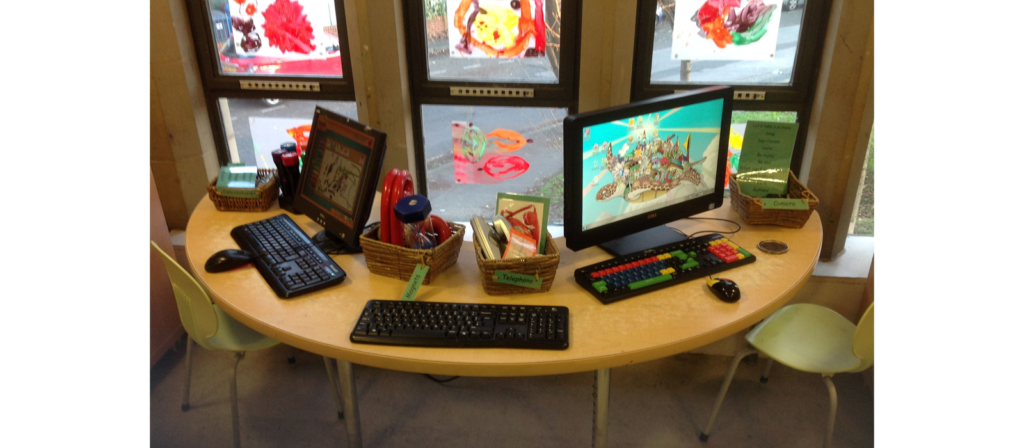
Choose a compact shelving unit or mobile cart to centralize all your technology-related tools. Use labeled bins or drawers for tablets, headsets, keyboards, and chargers. Add a multi-port charging station or surge-protected power strip to keep everything powered and ready. Each student’s device can be assigned a number or name label, simplifying access and responsibility tracking.
20. 多目的教育カート
Flexibility is key in preschool classrooms where spaces are often shared or reconfigured. A rolling cart allows you to take your materials—books, games, supplies, assessments—wherever needed. Include drawers or bins for quick sorting and label each section by purpose.
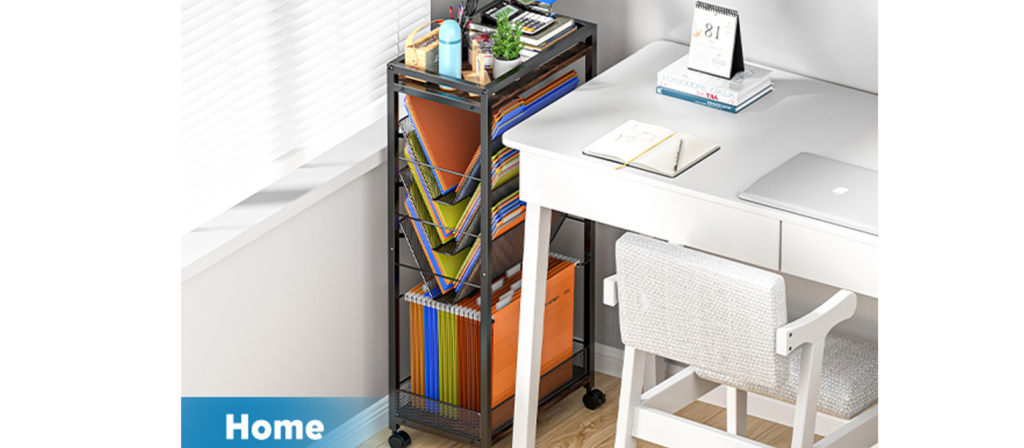
この移動式教室の整理方法は、小グループワーク、プッシュインサポートサービス、または共同指導モデルに最適です。教室のあらゆる場所を指導ステーションに変えることができ、セットアップ時間を短縮し、移動中の「教材の紛失」を防ぎます。
21. 月間補給品補充ステーション
教室の整理整頓は、定期的なメンテナンスなしには完成しません。スティックのり、ティッシュ、紙、マーカーなど、すぐに使い切ってしまうものについては、簡単なチェックリストやゴミ箱を用意しましょう。毎月末に備品を整理し、必要に応じて補充しましょう。

This proactive method prevents last-minute scrambles during activities. It also teaches students about resource awareness when they help check or refill supplies. Maintaining organization isn’t a one-time task—it’s a rhythm, and this system keeps it going smoothly.
22. ラベルメーカーによる一貫したラベル付け
Invest in a label maker to unify the look and clarity of your labels. Classroom organization improves when materials, drawers, bins, and folders follow a clear, readable labeling system. For younger students, include both text and visuals.
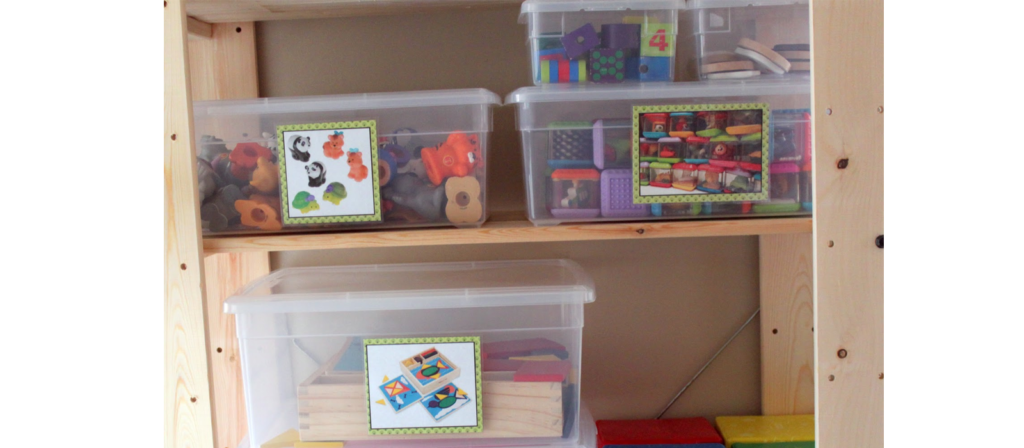
すべてのものに一貫したラベルを付けることで、生徒の行動が改善され、片付けが早くなり、教師の準備も効率的になります。視覚的に統一された部屋は心理的にも落ち着きを与え、子どもたちが集中しやすくなります。
23. 壁掛け式ポケットチャートシステム
ポケットチャートは、スペースを節約し、教室の整理整頓をスムーズにする優れた方法です。黒板、図書室、ライティングセンターの近くに吊るして、単語カード、語彙ストリップ、名札、行動トークンなどを収納できます。壁に取り付けるので、テーブルや棚のスペースを邪魔しません。
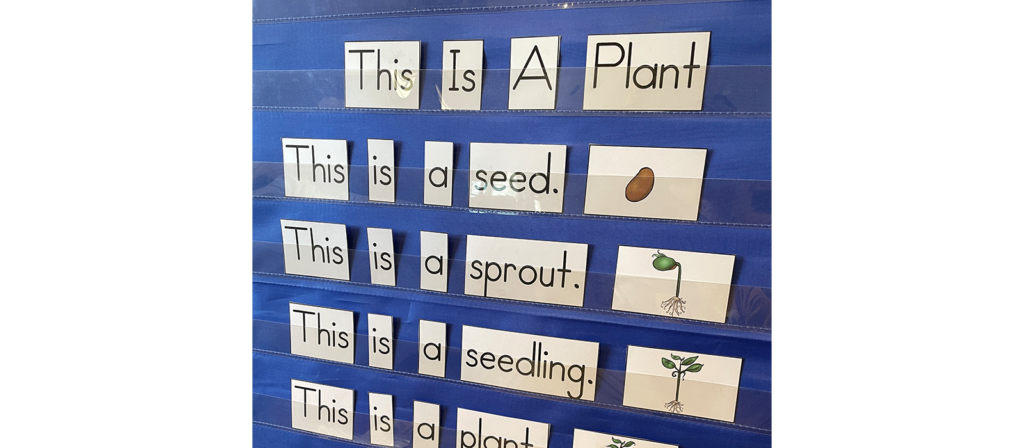
週の重点に合わせて、チャートの内容を頻繁に入れ替えましょう。この戦略により、機能的で柔軟性が高く、更新しやすく整理整頓された教室環境が生まれます。
24. 学生の職務責任表
列リーダー、書類整理係、テーブル清掃係、ITアシスタントなどの役割を割り当て、生徒が教室の整理整頓に貢献できるようにします。役割表に名前とイラストを添え、全員が自分の役割を把握できるようにします。役割を毎週ローテーションすることで、生徒の学習意欲を高め、教室の共有意識を高めます。

When children participate in maintaining order, the organization’s culture becomes collective. This instills pride, accountability, and a deeper connection to their learning environment.
教室を整理整頓するために欠かせない道具
整理整頓された教室には、適切なツールが不可欠です。以下のツールは、日々の学習をサポートし、散らかりを減らし、効率的で体系的な学習環境を作り出します。これらのアイテムは、明確な学習システムが生徒の学習成果の鍵となる幼稚園や幼児教室で特に役立ちます。
- 透明なプラスチック製の収納箱
- ローリング収納カート
- デスクトップサプライキャディ
- 磁気マーカーホルダー
- 5日間引き出しオーガナイザー
- 教室のメールボックス
- ラベルメーカー
- ポケットチャート
- ブックバスケット
- ファイルフォルダオーガナイザー
- テック充電ステーション
- 生徒の作品箱
- 画材タワー
- ヘッドホンフックまたはマウント
- 報酬タグとステッカーの引き出し
- ホワイトボードカレンダー
- ワードウォールカード収納ボックス
- クリップボードオーガナイザー
- 壁掛けポケット
- 教室の職務表
- 視覚的なスケジュールチャート
- ホワイトボード用消去スリーブ
- 教師用ツールボックスオーガナイザー
- 付箋ディスペンサー
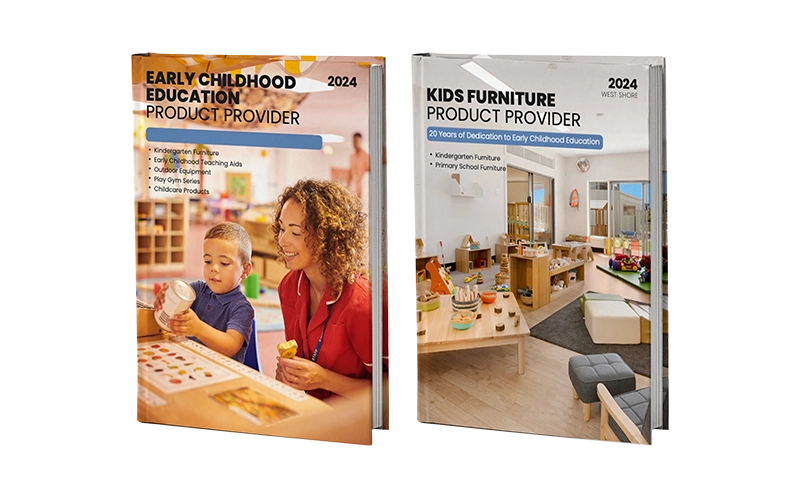
教室の整理整頓に役立つ8つの実践的なヒント
効果的な教室の整理整頓とは、棚をきちんと整頓したり机を整理したりするだけではありません。生徒の集中力、効率的な学習の移行、そして生産性の高い授業環境をサポートする空間を作ることが重要です。以下に、教室を整理整頓し、その状態を維持するための8つの実践的な戦略をご紹介します。
1. 整理整頓の価値を教える
整理整頓された教室は、生徒の参加から始まります。机を整理整頓し、教材を所定の場所に戻すよう生徒に促しましょう。毎日の終わりに机を片付けるなど、生徒自身が模範を示し、その行動を示しましょう。司書、黒板清掃、備品管理などの役割を割り当て、生徒に教室の整理整頓に対する責任感と誇りを持たせましょう。
2. スマートな交通の流れの設計
教室のレイアウトは、生徒が空間とどのように関わっていくかに影響を与えます。低い本棚やファイルキャビネットを使ってゾーンを区切ることで、集中力の妨げとなるものを減らしましょう。グループテーブルやテクノロジーステーションなどの重要なエリアには、通路を確保しましょう。U字型の机の配置は、視界を良くし、混雑を緩和し、教室全体の整理整頓に役立ちます。
3. タスク固有のゾーンを作成する
明確に区切られた学習ゾーンを設計することで、生徒は活動間をスムーズに移行できると同時に、教室の組織力と自律性を高めることができます。以下に、課題ごとに重要な3つのエリアと、それらを効果的に整理する方法をご紹介します。
読書コーナー
低い棚とラベル付きの本棚を使い、テーマや読書レベル別に整理しましょう。責任感を育むために、柔らかい椅子と返却用バスケットを設置しましょう。一人でも気軽に使えるよう、レイアウトはオープンに保ちましょう。
数学ステーション
教具は透明でラベルの付いた容器に保管しましょう。練習用にラミネート加工した課題カードやミニホワイトボードも用意しましょう。集中して実践的な学習を促すため、アクティビティの種類ごとにアイテムを分類しておきましょう。
アートセンター
Organize materials—paper, glue, crayons—using labeled drawers or caddies. Post simple visual instructions and provide a drying area. Limit the number of users to maintain order and reduce mess.
4. 部屋の周りに戦略的に収納を追加する
教室全体に収納を分散させ、一箇所に物が散らからないように工夫しましょう。ラベル付きの箱、キャディ、引き出しなどを使い、それぞれの備品を分けて収納しましょう。よく使うものはすぐに取り出せるようにし、季節や教科に特化した教材は別の場所に収納しましょう。このように階層的に収納することで、整理整頓された教室を維持できます。
5. 掲示板を最大限に活用する
創造性掲示板 飾り付け以上の効果があります。教室の整理整頓に役立つ強力なツールです。以下の用途にお使いください。
- 毎日のスケジュールと教室のルール
- 洗濯ばさみやクリップボードを使った生徒の作品展示
- テーマ別の語彙や数学パズルなどの教育コンテンツをローテーションする
- 推測ゲームや目標トラッカーなどのインタラクティブな要素
適切に管理された掲示板は構造を強化し、視覚的な学習を促進します。
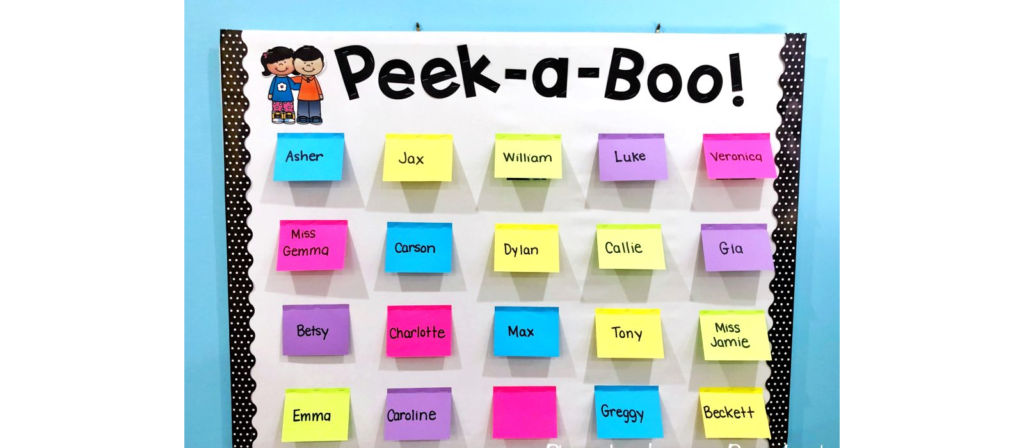
6. 集中化された共有供給
Keep items like pencils, scissors, markers, and glue sticks in one clearly labeled, accessible location. A tray filled with cups or containers for each supply type keeps the area tidy and intuitive. This simple solution promotes independent student use and avoids time wasted searching for materials.
7. 借入システムを導入する
Prevent lost resources with a structured method for tracking borrowed items such as books or tablets. Whether a paper sign-out sheet or a digital form, a check-in/check-out system supports accountability and overall classroom material organization.
8. 定期的な掃除の習慣をつける
Without daily or weekly tidying, even the best organization systems fall apart. Build cleanup into your class schedule—five minutes daily makes a big difference. Assign light duties to students and store cleaning materials on a mobile cart for easy access. Reinforce cleanup efforts with praise or small incentives to build good habits.
By integrating these strategies into your routine, classroom organization becomes not only manageable but also sustainable. A clean, well-organized space improves efficiency and fosters a more positive and focused learning environment for you and your students.
教室管理のためのデジタルツール
デジタルツールは、タスクの効率化、コミュニケーションの改善、手作業の軽減などを通じて、教室の組織力を高めます。しかし、適切なツールを選択するには、意図的な配慮が必要です。教室のルーチンを複雑にするのではなく、簡素化するツールを選ぶことが重要です。
まず、宿題の提出遅れ、一貫性のないコミュニケーション、まとまりのない授業計画、非効率的な行動追跡など、繰り返し発生する問題点を特定します。そして、これらのニーズに、明確で使いやすいデジタルソリューションを組み合わせます。
効果的なデジタル組織システムには次のような特徴が必要です。
- スケジュール、割り当て、お知らせを一元管理します。
- 生徒の作業と記録をデジタル化することで物理的な混乱を最小限に抑えます。
- 指導スタイルや教室のルーチンに適応できるようにしてください。
教室の組織と管理に人気のデジタルツール:
- Googleクラスルーム – 課題と採点のための集中プラットフォーム
- クラス道場 – 行動追跡とリアルタイムの保護者とのコミュニケーション
- シーソー – デジタル学生ポートフォリオと文書
- 思い出させる – 教師と家族向けのダイレクトメッセージツール
- トレロ – 授業計画のためのビジュアルタスクボード
- 教育のためのCanva – ビジュアル、スケジュール、ポスターのテンプレート
- フリップ – ビデオベースの学生の反省と議論
- カフート! – 魅力的な評価と出席追跡
- パドルレット – 共同アイデアボード
- 概念 – 授業計画とノートを整理するための包括的なプラットフォーム
Choose tools based on your comfort level and classroom needs. They enhance classroom organization, reduce teacher workload, and promote student accountability when used strategically.

年齢に応じた教室の編成
組織戦略は生徒の発達段階に合わせて調整する必要があります。子どもたちは成長するにつれて、身体的、認知的、そして社会的ニーズも変化します。それに合わせて、教室の環境も変化させる必要があります。以下は、年齢に応じた組織構成の比較ガイドです。
| 年齢層 | 主なニーズ | 推奨される組織戦略 |
|---|---|---|
| 幼児(1~3歳) | 安全性、シンプルさ、ルーティン | 柔らかいエッジの家具、オープンシェルフ、画像付きの視覚的なラベルを使用し、アイテムの選択肢を制限します。 |
| 幼稚園児(3~4歳) | 独立、探検 | 明確な学習ゾーン、セルフサービスの低いトレイ、およびクリーンアップのためのルーチンベースのキューを導入します。 |
| 就学前(4~5歳) | 責任、社会学習 | ジョブチャート、色分けされたビン、柔軟な座席、生徒が管理する資材ステーションを使用します。 |
| 幼稚園(5~6歳) | 構造、好奇心、自律性 | 小グループのアクティビティには、視覚的なスケジュール、ローテーション教材、移動可能な供給カートを組み込みます。 |
| 小学生(6~10歳) | 自立の促進、明確な構造 | 教室の仕事を割り当て、科目ゾーンを整理し、ラベル付きのコンテナーと視覚的なタスク チャートを使用します。 |
| 中学校 | 時間管理、自己規制 | 個人用のプランナー、ロッカー、または箱を提供し、独立した組織を構築するルーチンを強化します。 |
Tailoring classroom organization to age-appropriate needs improves functionality and enhances student engagement and ownership.
学習意欲を高める空間をデザインする準備はできていますか? 教室のニーズに合わせてカスタマイズされた家具ソリューションを作成するには、当社にご相談ください。
教室の組織戦略を評価し調整する
教室の運営は静的ではありません。システムが実用的で適切であることを確認するために、定期的に評価を実施しましょう。毎月チェックインを行い、教材が使われていないか、備品が置き忘れられているか、日常業務のどの部分が摩擦を生じさせているかなどを確認しましょう。
Use brief student surveys, sticky note feedback walls, or suggestion boxes to gather insights. Observe classroom flow and adjust seating, storage, or cleanup routines as needed. Involving students in these evaluations improves systems and strengthens their sense of ownership and responsibility in maintaining classroom organization.
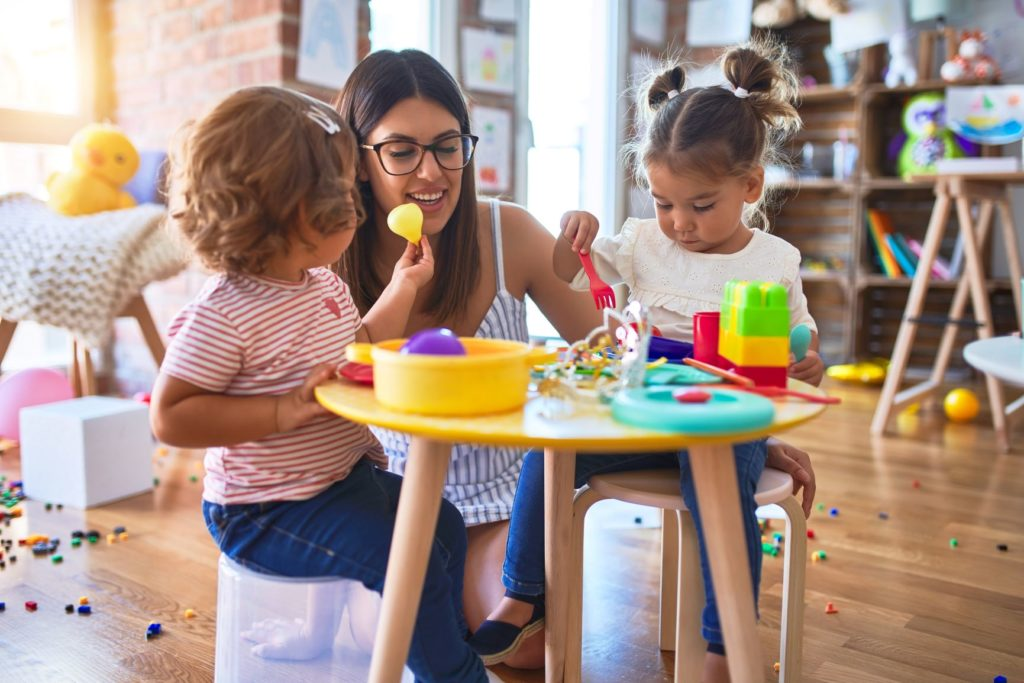
よくある質問
Q: 教室の図書館を効果的に整理するにはどうすればよいでしょうか?
答え: Sort books by genre, theme, or reading level, and use labeled bins placed on low shelves for easy student access. A well-organized library supports classroom organization by encouraging independent use and responsible materials handling.
Q: 教室用のカスタム収納キャビネットを構築するにはどうすればよいですか?
答え: まず、紙、画材、教具など、収納ニーズを評価し、スペースに合ったサイズを選びましょう。耐久性のある素材を使用し、可動棚も設置しましょう。デザイン性に優れたキャビネットは、教室の整理整頓を効率化し、視覚的な乱雑さを軽減します。
Q: 学年を通して教室の組織を維持するにはどうすればよいですか?
答え: 定期的な清掃スケジュールを設定し、毎月備品を補充し、生徒に日々の整理整頓に取り組んでもらいましょう。継続的なメンテナンスにより、教室の整理整頓システムが機能的かつ持続的に維持されます。
Q: 教室の組織において生徒の参加が重要なのはなぜですか?
答え: Students develop ownership and responsibility when they help manage supplies and tidy their spaces. Involving them reinforces classroom routines and makes classroom organization efforts more effective and lasting.
結論
効果的な教室の整理整頓は、よりスムーズなルーティン、明確な期待、そしてより集中した学習環境を生み出します。作業箱、引き出しの配置、共有の備品ステーションといった適切なシステムを活用することで、教師は散らかりを減らし、生徒が初日から自立できるようサポートすることができます。
整然とした教室の背後には、適切な準備があります。 高品質で特別に作られた家具 これらの戦略をより簡単に実行できるようになります。そのため、多くの幼児教育施設は、次のような信頼できるメーカーと提携しています。 ウェストショア家具、そのデザインは幼稚園の教室の実際のニーズをサポートしています。
革新的な整理整頓とは、単に空間を整理するだけでなく、その機能そのものを変革することです。まずは小さなことから始め、一貫性を保ち、構造をうまく活用しましょう。





